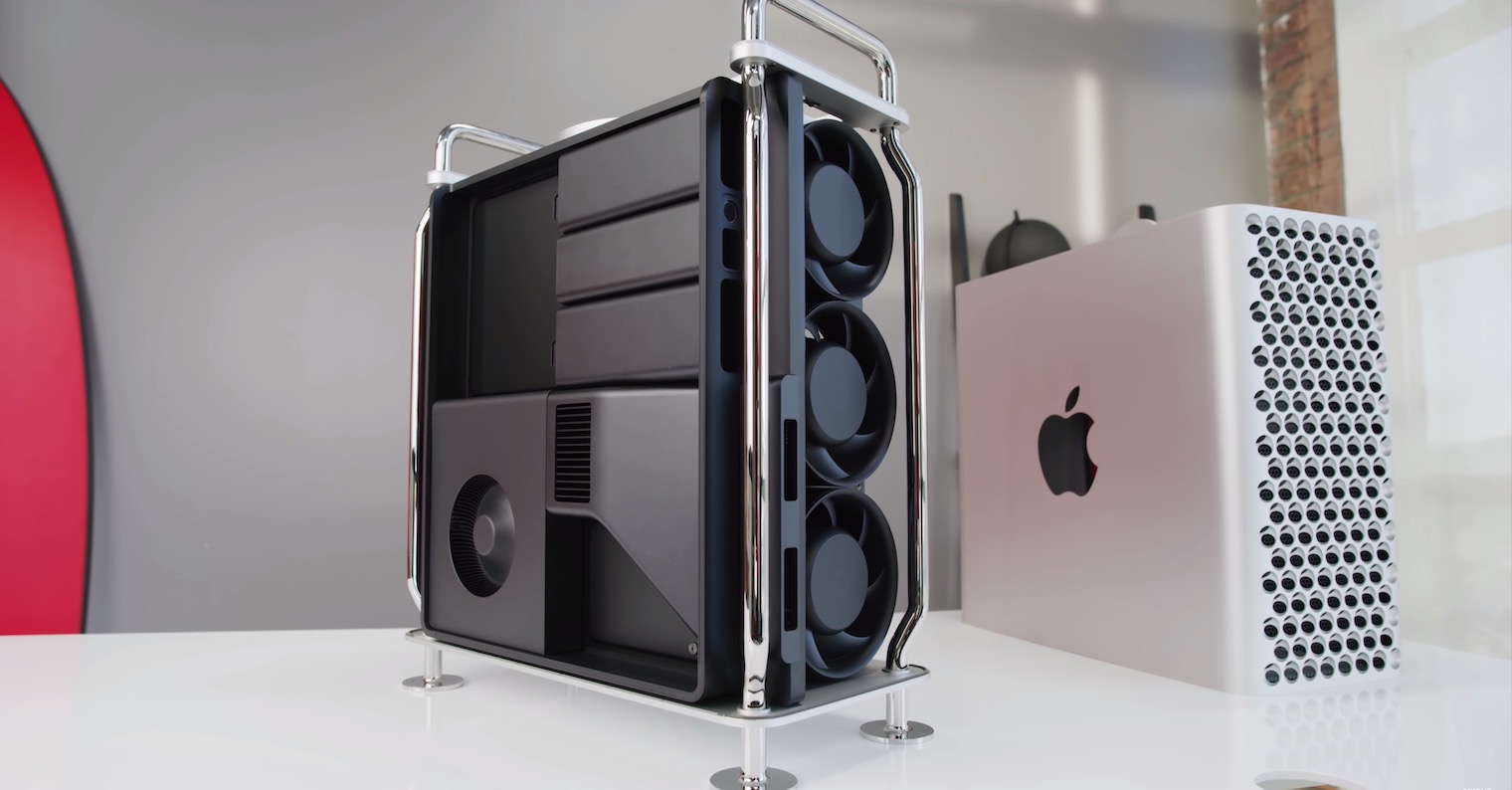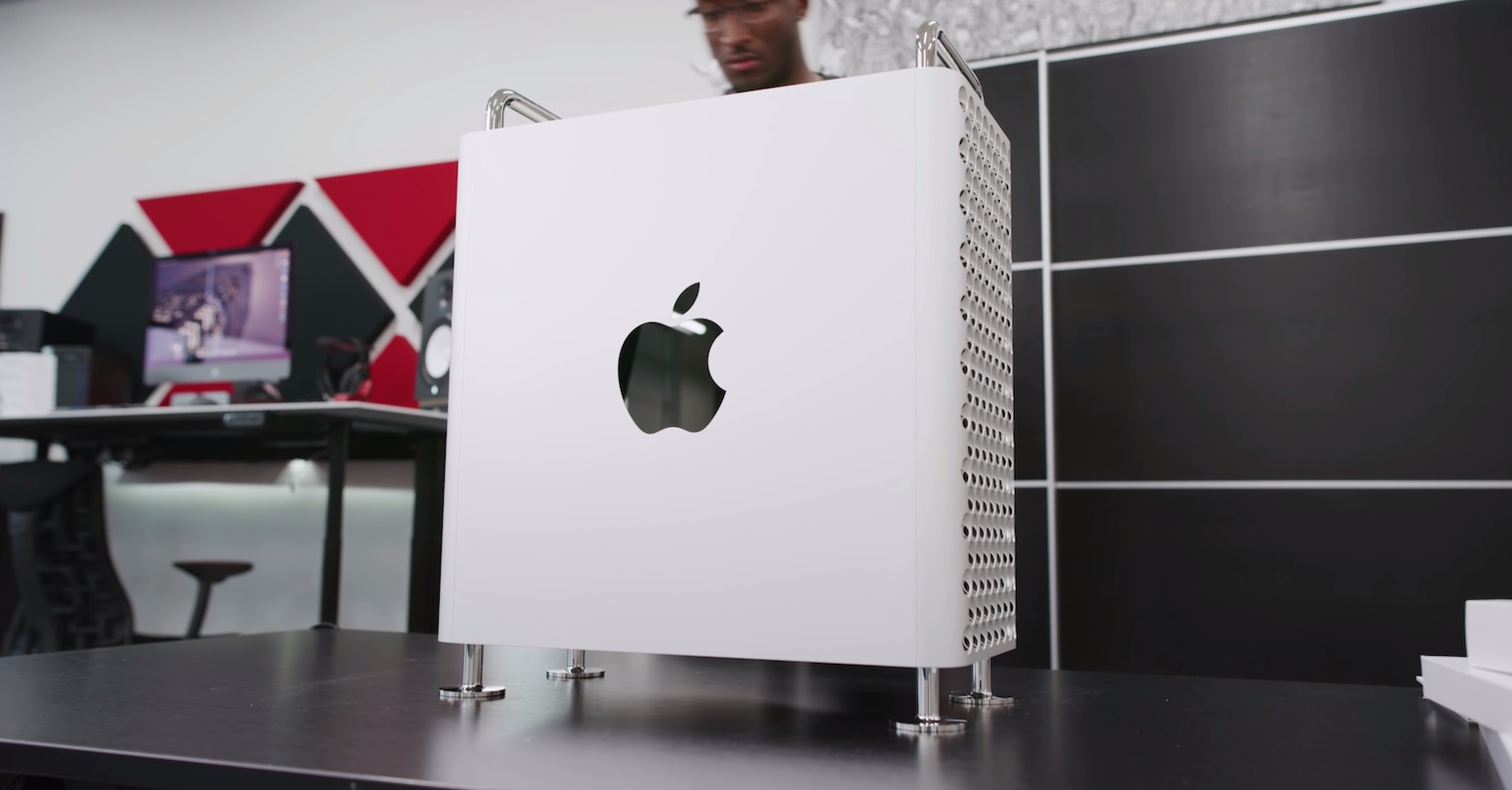An interview with one of the engineers behind the design of the new Mac Pro appeared on the Popular Mechanics website. Specifically, it is Chris Ligtenberg, who as Senior Director of Product Design was behind the team that designed the cooling system of the new workstation.
The new Mac Pro has impressive technical specifications, while the top model will offer really high performance. However, it is concentrated in a relatively small and partially closed space, and Mac Pro must therefore, in addition to powerful components, contain a cooling system that can move the huge amount of generated heat outside the computer case. However, when we look at the cooling system of the Mac Pro, it is not quite typical.
The entire chassis contains only four fans, three of which are on the front of the case, hidden behind the iconic perforated front panel. The fourth fan is then on the side and takes care of cooling the 1W source and pushing the accumulated warm air outside. All other components inside the case are cooled passively, only with the help of air flow from the three front fans.

At Apple, they took it from the floor and designed their own fans, because there was no adequate variant on the market that could be used. The fan blades are specially designed to generate as little noise as possible, even at higher speeds. However, the laws of physics cannot be overridden, and even the best fan eventually generates some noise. In the case of the new ones from Apple, however, engineers managed to build such blades that generate aerodynamic noise that is more "pleasant" to listen to than the hum of ordinary fans, thanks to the nature of the sound generated. Thanks to this, it is not so disruptive at the same rpm.
The fans have also been designed keeping in mind that the Mac Pro does not include a dust filter. The efficiency of fans should be maintained even in cases where they gradually become clogged with dust particles. The cooling system should supposedly last the entire life cycle of the Mac Pro without a problem. However, what this means specifically was not mentioned in the interview.
The aluminum chassis also contributes to the cooling of the Mac Pro, which in some places partially absorbs the heat generated by the components and thus serves as one large heatpipe. This is also one of the reasons why the front of the Mac Pro (but also the entire back of the Pro Display XRD monitor) is perforated in the style that it is. Thanks to this design, it was possible to increase the total area that can dissipate heat and thus works much better than a regular non-perforated piece of aluminum.
From the first reviews and impressions, it is clear that the cooling of the new Mac Pro works very well. The question remains where the efficiency of the cooling system will shift after two years of use, given the absence of any dust filter. However, the good news is that due to the three input and one output fan, there will be no negative pressure inside the case, which would suck dust particles from the environment through various joints and leaks in the chassis.
It could be interest you

Source: Popular Mechanics